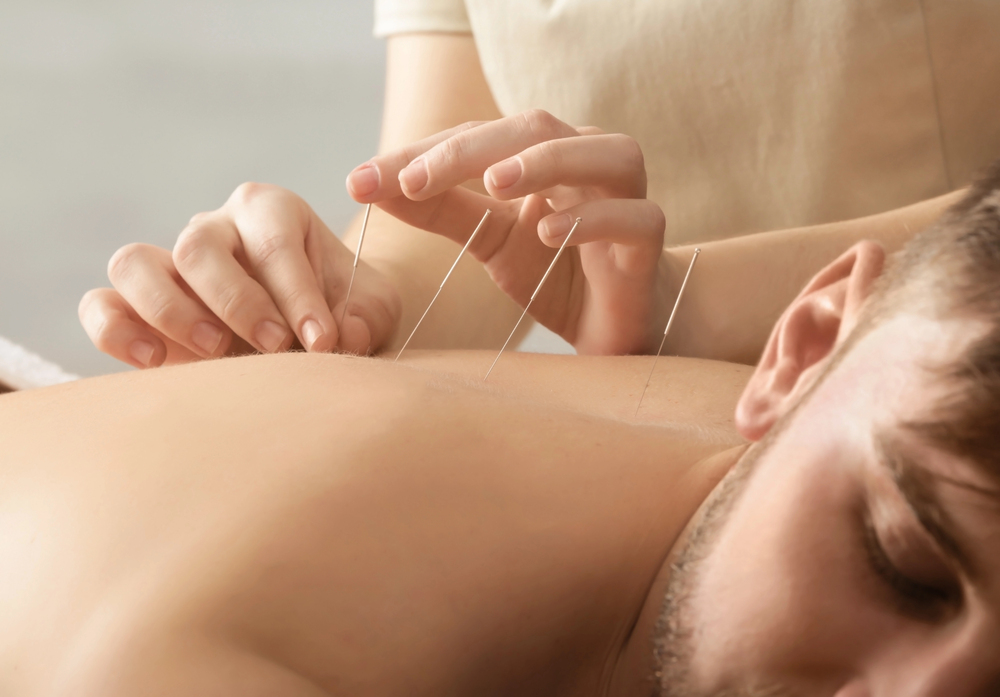Both cupping and acupuncture have long been integral to Traditional Chinese Medicine (TCM), providing therapeutic relief for various ailments. Although both methods share roots in Traditional Chinese Medicine, they differ significantly in their techniques and areas of focus. In this article, we’ll explore the key differences between vs. acupuncture, helping you understand which method might best suit your needs.
Cupping: What It Is and How It Works
Cupping therapy involves placing cups on the skin to create suction, which promotes blood flow, reduces muscle tension, and aids in healing. This suction can be applied in several ways—dry cupping (which uses only suction) or wet cupping (which involves small incisions on the skin to draw blood). Flash and running cupping techniques also exist, with the former involving quick application and removal of the cups, and the latter incorporating a massage-like effect by moving the cups across the skin.
The suction helps relieve muscle tension, improve circulation, and reduce inflammation, making cupping particularly effective for headaches, asthma, and musculoskeletal pain. It’s important to note that cupping often leaves temporary marks or bruises resulting from the suction applied to the skin.
Acupuncture: A Deeper Approach
Acupuncture, another key component of TCM, stimulates specific points on the body by inserting thin needles. Unlike cupping, which targets muscle and surface tissues, acupuncture works by tapping into the body’s energy pathways, known as “qi.” By stimulating these points, acupuncture can address a broader range of health conditions, from chronic pain and anxiety to digestive disorders and insomnia.
The needles used in acupuncture treatments are extremely fine, and while they may cause mild discomfort or soreness at the insertion points, they typically do not leave visible marks. Acupuncture is valued for promoting overall balance and restoring harmony within the body’s systems, making it particularly effective for managing long-term health conditions.
Key Differences Between Cupping and Acupuncture
When comparing cupping vs acupuncture, the most significant difference lies in their techniques and treatment goals. Cupping is largely focused on relieving muscle tension and improving circulation in surface tissues. The sensation is usually described as a tightness or pulling from the suction, and while this can be slightly uncomfortable, it provides deep relief for many patients.
Acupuncture, however, aims to stimulate deeper energy pathways within the body. The acupuncture experience is often more subtle than cupping, with patients reporting sensations of tingling or warmth as the needles work to rebalance the body’s energy.
In terms of appearance, cupping is more likely to leave visible marks, while acupuncture rarely does. This makes acupuncture a preferred option for those concerned about the cosmetic effects of their treatments.
When to Choose Cupping or Acupuncture
The choice between cupping and acupuncture depends on your specific health concerns. Cupping is especially useful for musculoskeletal problems, respiratory conditions, and general detoxification. It’s an excellent choice for relieving tension in tight muscles and promoting overall relaxation.
Acupuncture is well-suited for managing chronic conditions, reducing joint pain, and addressing emotional or stress-related issues. For a holistic approach to both physical and emotional health, acupuncture may be a good option.
We believe in the power of these ancient techniques and their ability to bring about lasting, positive changes in our patients’ lives. With our tailored treatment plans, we aim to help you achieve better health naturally, without relying on invasive procedures. If you’re unsure whether cupping or acupuncture is right for you, our team at Messina Acupuncture is here to guide you through the process and ensure you find the relief you’re looking for.
Ready to experience the benefits of cupping or acupuncture? Contact us today for a personalized consultation and start your journey toward better health.

